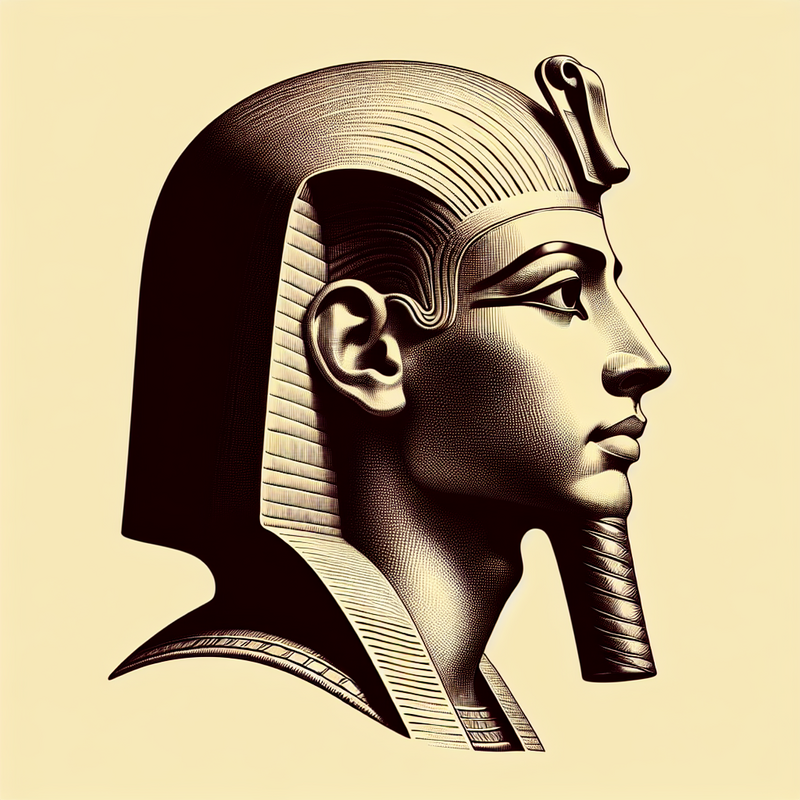In a monumental scientific breakthrough, for the first time ever, the full genetic sequence of an individual from ancient Egypt has been decoded.
This achievement establishes a clear genetic linkage between the inhabitants of ancient Egypt and the people residing in the Fertile Crescent, which today includes regions of Iraq, Iran, and Jordan.
The research centered on the genetic analysis of a male who lived in the present-day locale of Nuwayrat, situated to the south of Cairo, about five millennia ago in the epoch of pyramid construction. His remains, preserved in a sealed earthenware vessel, have provided a wealth of information about the descendants of early Egyptians.
Unlocking Genetic Secrets of Antiquity
Researchers found that 80% of the man’s genes stemmed from ancient North African ancestors, with the remaining 20% tracing back to ancient populations in West Asia and the Mesopotamian vicinity. Dr. Adeline Morez Jacobs, the principal investigator of this study, pointed to the study’s ability to substantiate cultural ties that, until now, lacked genetic proof.
The breakthrough in DNA sequencing techniques has been crucial to the successful decoding of the ancient genome. “The methodology we applied allows for our findings to be shared and utilized by researchers in the future to uncover even more knowledge,” conveyed Dr. Linus Girdland-Flink, contributing scientist of the study, stressing the research data’s availability for additional scientific inquiries.
Despite the typically challenging conditions that compromise DNA preservation in hot and moist environments, the researchers effectively isolated DNA from a tooth of the subject. Girdland-Flink noted the fortunate nature of this discovery with an optimistic outlook on the revelation of more ancient genomes in the foreseeable future.
Piecing Together Ancient Lives
Analysis revealed that the individual lived between the ages of 44 and 64, engaging in arduous labor in his lifetime, as indicated by his skeletal remains. The reconstruction of his physical characteristics proposed brown eyes, hair, and a dark complexion. A puzzling aspect of his identity was his respectful burial, which seemed at odds with the wear of a manual laborer, as seen in the bone evaluations.
Joel Irish, a dental anthropologist and collaborator on the study, sought to understand more about the man’s life by examining ancient Egyptian iconography. While the precise nature of his livelihood remains unclear, Irish postulated that the man may have been a craftsman, such as a potter, who somehow secured social prominence, as his dignified burial suggests.
Shedding Light on Human Movement
Iosif Lazaridis of Harvard University, though not a participant in this study, acknowledged the significance of this genetic sample for illustrating the strong genetic influence from Mesopotamia in early Egyptians. This sheds light on the ongoing debate about whether the civilizations of early Dynastic Egypt had origins in indigenous North Africa or the Levant.
Researchers are now keen to juxtapose ancient Egyptian genomes with additional specimens from the Fertile Crescent and Africa to deepen the understanding of human migration patterns and ancient lifestyles.
Summarizing the ambitions of the research, Girdland-Flink said, “Although it’s impossible to decode the genome of every individual from the past, my aspiration is to compile sufficient diverse genetic samples worldwide to accurately piece together the pivotal moments in human history that define our present identity.”




